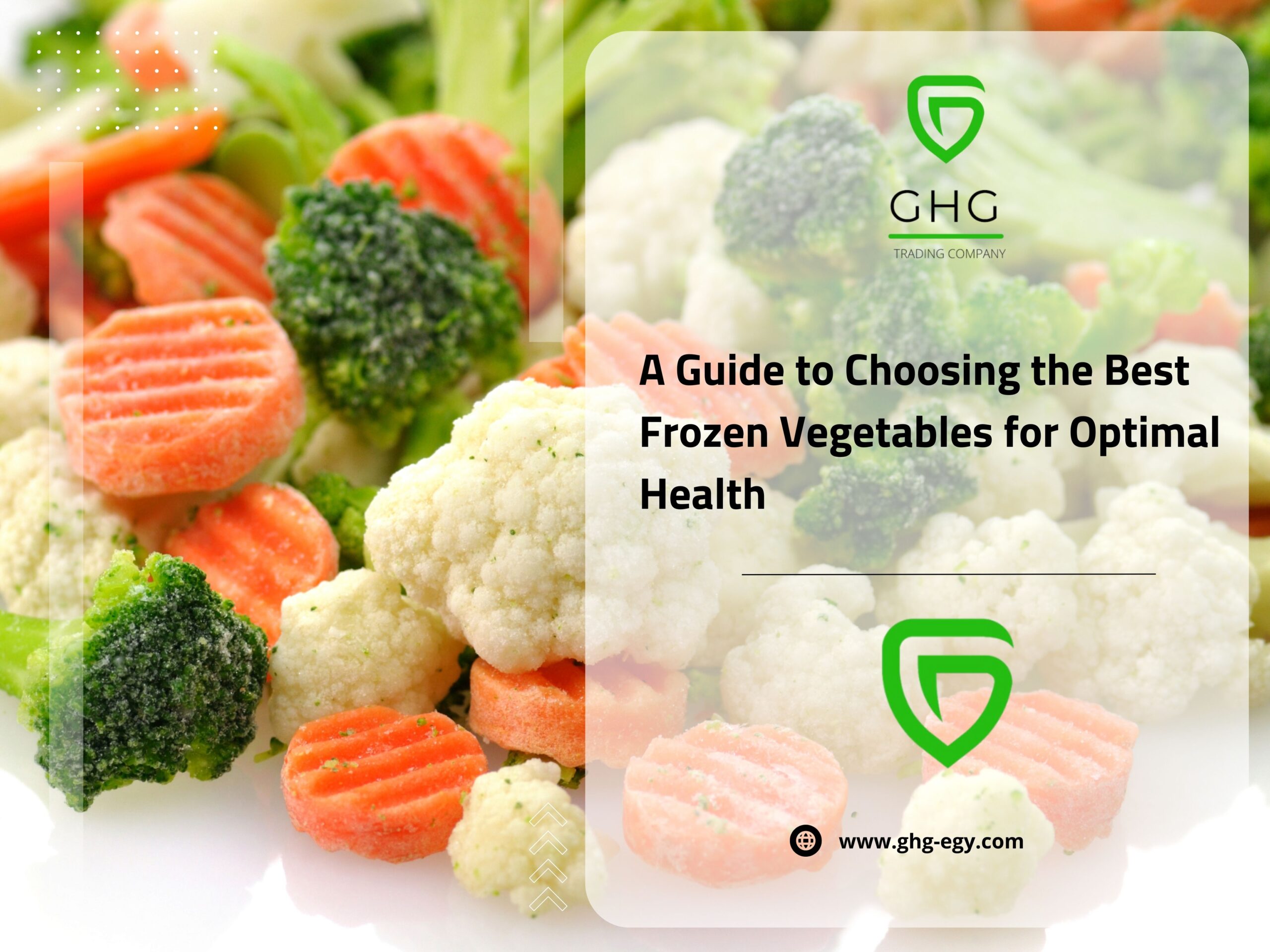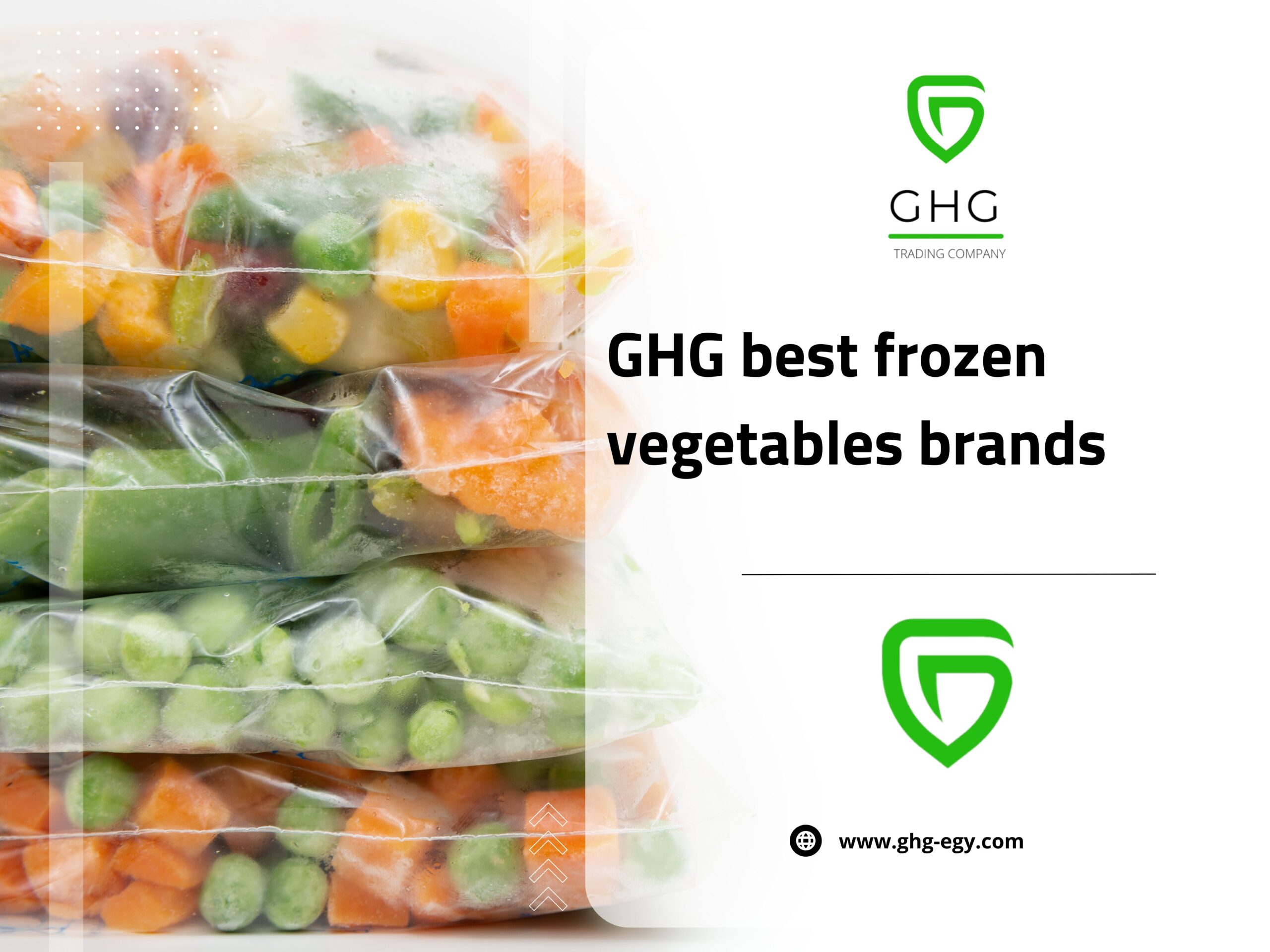The Benefits of Frozen Vegetables for Optimal Health
Consuming frozen vegetables can provide numerous benefits for your overall health. They are rich in essential nutrients, as freezing helps to preserve their nutritional value. Frozen vegetables are also incredibly convenient and accessible, allowing you to have a variety of vegetables on hand at all times. Incorporating frozen vegetables into your diet can help ensure that you meet your daily vegetable intake, supporting optimal health and well-being.
A. Nutritional value of Frozen Vegetables for Optimal Health
Frozen vegetables retain their nutritional value due to the freezing process, preserving vitamins and minerals. They are a great source of fiber, vitamins C and K, and antioxidants. Incorporating frozen vegetables into your diet can help support a healthy immune system, improve digestion, and provide essential nutrients for optimal health. Make sure to read the packaging for specific nutritional information on each vegetable variety.
B. Convenience and accessibility of frozen vegetables
Frozen vegetables offer a convenient and accessible option for maintaining a healthy diet. They are pre-cut and ready to use, saving you time and effort in meal preparation. Available throughout the year, frozen vegetables provide a consistent supply of nutritious options, regardless of seasonality. With their long shelf life, they can be easily stored and used whenever needed, making it convenient to incorporate them into your daily meals.
Factors to Consider When Choosing Frozen Vegetables
When choosing frozen vegetables, consider factors such as the selection of vegetables available. Look for a variety of options to support a well-rounded diet. Additionally, pay attention to packaging and labeling considerations, ensuring that the vegetables are properly sealed and labeled with clear information on ingredients and cooking instructions.
A. Selection of vegetables
Consider the selection of vegetables available when choosing frozen options. Look for a variety of options to support a well-rounded diet. Choose vegetables that you enjoy and that can be easily incorporated into your favorite recipes. Some popular choices include green beans, broccoli, cauliflower, carrots, peas, and spinach. Make sure to read the labels and choose vegetables that are free from additives or preservatives.
B. Packaging and labeling considerations
When choosing frozen vegetables, it’s important to pay attention to the packaging and labeling. Look for vegetables that are securely sealed to prevent freezer burn and maintain freshness. Check the label for information on the vegetable’s origin, ingredients, and any added preservatives or sauces. Additionally, look for clear instructions on cooking and storage to ensure you get the best quality and taste from your frozen vegetables.
Understanding the Freezing Process for Vegetables
Freezing vegetables is a process that helps preserve their nutrients and maintain their quality. Vegetables are harvested at their peak freshness and quickly frozen to lock in the vitamins, minerals, and antioxidants. This freezing process helps retain the nutritional value of the vegetables until they are ready to be consumed. Different freezing methods may be used, such as blanching or flash freezing, depending on the type of vegetable.
A. How freezing preserves nutrients
When vegetables are frozen, their nutrients are preserved due to the quick freezing process. The low temperature inhibits bacterial growth and enzyme activity, which helps retain the vitamins, minerals, and antioxidants present in the vegetables. This allows you to enjoy the same nutritional benefits as fresh vegetables while also extending their shelf life.
B. Types of freezing methods used for vegetables
The two main types of freezing methods used for vegetables are IQF (Individually Quick Frozen) and conventional freezing. IQF involves freezing each vegetable individually, which helps preserve their texture and minimize the formation of ice crystals. Conventional freezing involves freezing vegetables in bulk, typically in trays or containers. Both methods effectively freeze the vegetables, but IQF is often preferred for its ability to maintain the individual integrity of each vegetable piece.
Choosing the Best Frozen Vegetables for Specific Dietary Needs
When it comes to choosing the best frozen vegetables for specific dietary needs, there are a few factors to consider. If you’re looking for low calorie and low carb options, go for vegetables like broccoli, cauliflower, or green beans. For high fiber and nutrient-rich choices, opt for vegetables like kale, spinach, or Brussels sprouts. Choose frozen vegetables that align with your dietary goals to ensure you’re getting the most out of your meals.
A. Low calorie and low carb options
When looking for low calorie and low carb options, frozen vegetables like broccoli, cauliflower, or green beans are excellent choices. These vegetables are packed with nutrients while being lower in calories and carbohydrates compared to starchy vegetables. Incorporating these low-calorie and low-carb options into your meals can help support weight loss goals or maintain a balanced diet.
B. High fiber and nutrient-rich choices
High fiber and nutrient-rich choices are essential for maintaining optimal health. When selecting frozen vegetables, look for options such as spinach, kale, and Brussels sprouts. These vegetables are packed with vitamins, minerals, and antioxidants. They also provide a good source of fiber, which aids digestion and helps keep you feeling full. Incorporating these high fiber and nutrient-rich choices into your meals can support overall health and well-being.
Tips for Properly Using and Storing Frozen Vegetables
To properly use frozen vegetables, follow the cooking instructions on the packaging. Avoid thawing them before cooking, as this can lead to a mushy texture. For storage, keep frozen vegetables in their original packaging or transfer to an airtight container. Be sure to label containers with the date. Use frozen vegetables within six months for best quality and nutritional value.
A. Cooking methods for frozen vegetables
When it comes to cooking frozen vegetables, there are a few methods you can try. You can steam them on the stovetop or in the microwave, sauté them in a pan with some oil or butter, or roast them in the oven for a deliciously crispy texture. Just follow the instructions on the packaging for best results and enjoy your nutritious meal!
B. Proper storage and shelf life of frozen vegetables
To ensure the longevity of your frozen vegetables, it’s important to store them properly. Keep them in the freezer at a temperature of 0°F (-18°C) or below. Seal them tightly in airtight containers or freezer bags to prevent freezer burn and maintain their quality. Frozen vegetables can typically be stored for up to 8-12 months, but refer to the packaging for specific instructions.
Conclusion
Incorporating frozen vegetables into your diet is a simple and convenient way to boost your health. With their preserved nutrients and accessibility year-round, these vegetables provide a range of benefits for optimal well-being. Whether you’re looking to reduce calorie intake or increase fiber and nutrient intake, there are plenty of options available. Remember to properly cook and store your frozen vegetables to maintain their quality and maximize their shelf life. Experiment with different recipes to add variety and inspiration to your meals. So go ahead and stock up on frozen vegetables for an easy and healthy addition to your balanced diet.
A. Incorporating frozen vegetables into a balanced diet
To incorporate frozen vegetables into a balanced diet, simply replace some of your regular vegetable intake with frozen options. Add them to stir-fries, soups, casseroles, or side dishes for a boost of nutrients. Experiment with different varieties and try mixing them with fresh produce for added flavor and texture. With their convenience and preserved nutrients, frozen vegetables are an easy and healthy addition to any meal plan.
B. Recipe ideas and inspiration for using frozen vegetables
Try these recipe ideas and get inspired to incorporate frozen vegetables into your meals. Make a quick and nutritious stir-fry with a mix of frozen broccoli, bell peppers, and snap peas. For a comforting soup, combine frozen corn, carrots, and green beans with broth and spices. Incorporate frozen spinach into smoothies or use it as a topping for pizza or pasta dishes. The possibilities are endless!



